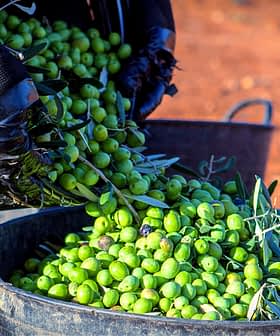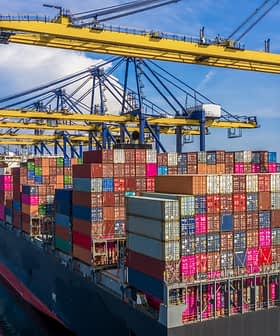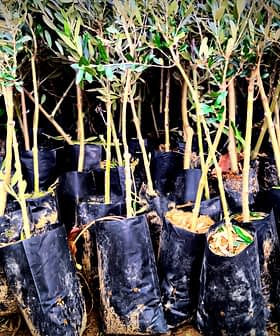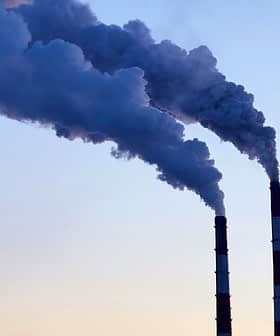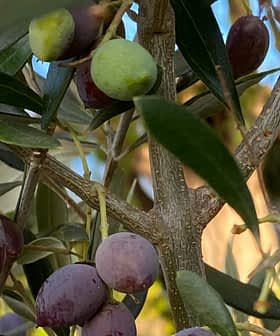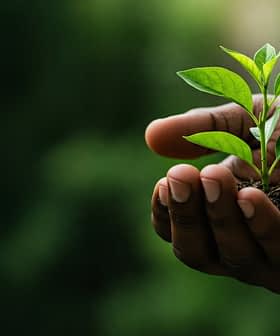Megadrought May Be Underway in American West, Researchers Say
A recent study published in the journal Science suggests that a megadrought could be developing in the Southwestern United States and Mexico due to rising temperatures amplifying moderate drought conditions that began in 2000. Researchers used hydrological modeling and tree-ring reconstructions to determine that the period from 2000 to 2018 was the second driest in the Southwest since 800 CE, indicating that if global warming continues, the region could experience a prolonged, extreme drought lasting longer than two decades.
A new study has revealed that conditions that began in the Southwestern United States and Mexico in 2000 could be leading to a megadrought.
We now have enough observations of current drought and tree-ring records of past drought to say that we’re on the same trajectory as the worst prehistoric droughts
The study, published in the journal Science last week, warns that rising temperatures due to climate change are amplifying what would have been a moderate drought affecting the Southwestern states and northern Mexico. With the continuing trend of global warming, it can evolve into a megadrought — a prolonged, extreme drought that lasts longer than two decades.
See Also:Climate Change NewsAccording to the researchers, the emerging megadrought had its beginnings twenty years ago. As part of the study, the researchers used hydrological modeling to predict water resources and examined thousands of 1,200-year tree ring reconstructions and records of summer soil moisture to collect data on climate conditions of the past.
The analysis revealed that the period from 2000 to 2018 was the driest in the Southwest since the late 14th century and the second driest since 800 CE.
“Earlier studies were largely model projections of the future,” said Park Williams, a bioclimatologist at Columbia University’s Lamont-Doherty Earth Observatory and the lead researcher of the study.
“We’re no longer looking at projections, but at where we are now. We now have enough observations of current drought and tree-ring records of past drought to say that we’re on the same trajectory as the worst prehistoric droughts,” he said in a statement published by the Observatory.
The study looked at a geographical area spanning nine US states from Oregon to Montana and through California, New Mexico and a part of northern Mexico.
The repercussions of the prolonged drought conditions have been noticeable in recent years, with water levels at the Lake Mead and Lake Powell reservoirs at low levels, the growing incidence of wildfires in the Southwestern U.S., and prolonged droughts in California which have had a negative impact on agriculture.
With temperatures projected to continue rising in the face of climate change, scientists predict that the drought conditions are likely to continue.
“It doesn’t matter if this is exactly the worst drought ever,” said Benjamin Cook, a climate scientist at the Lamont-Doherty Earth Observatory and co-author of the study. “What matters is that it has been made much worse than it would have been because of climate change.”
“Because the background is getting warmer, the dice are increasingly loaded toward longer and more severe droughts,” added Williams. “We may get lucky, and natural variability will bring more precipitation for a while. But going forward, we’ll need more and more good luck to break out of drought, and less and less bad luck to go back into drought.”


